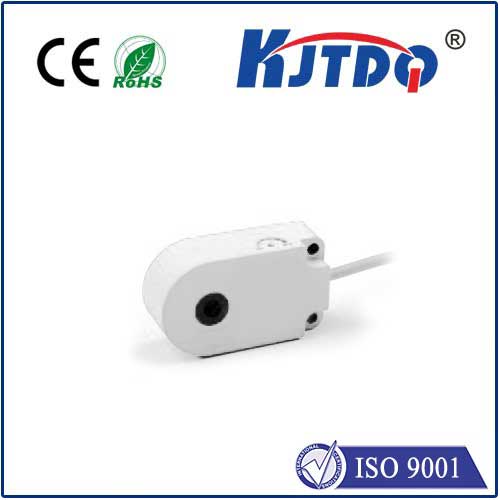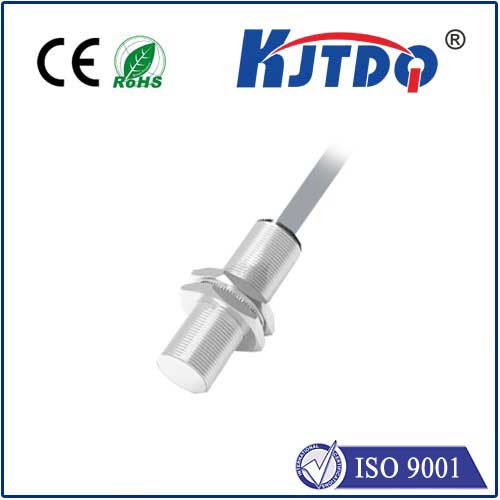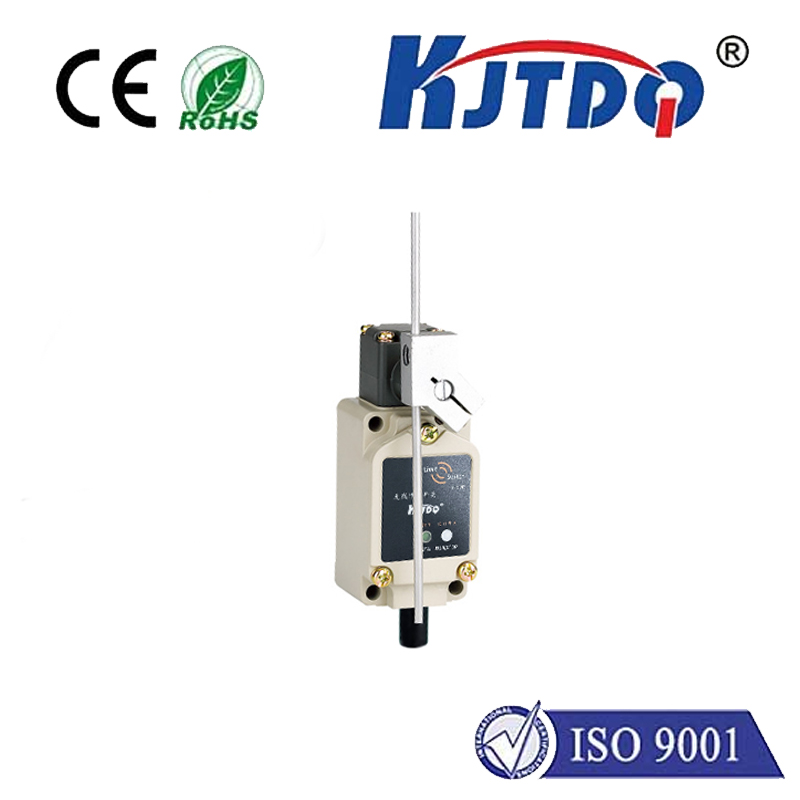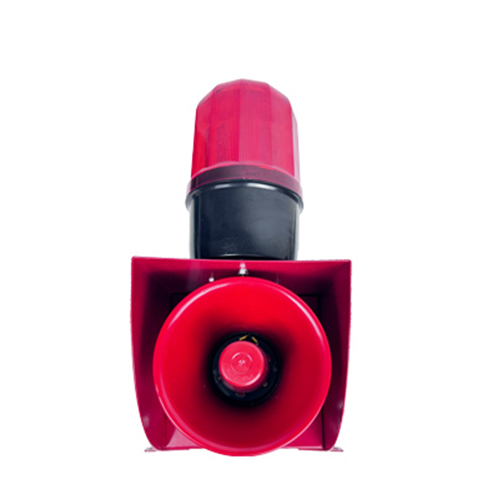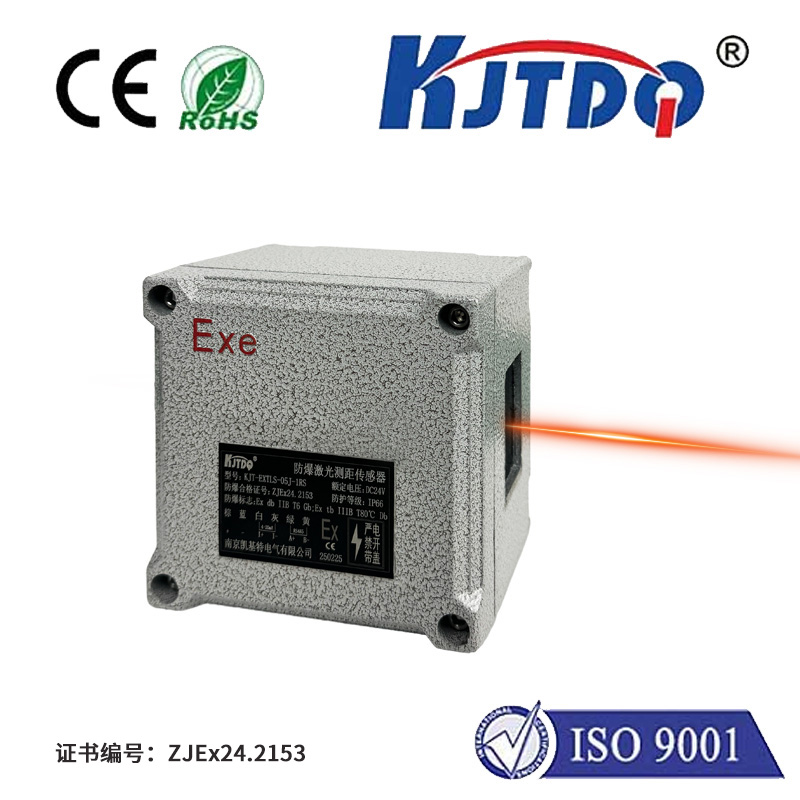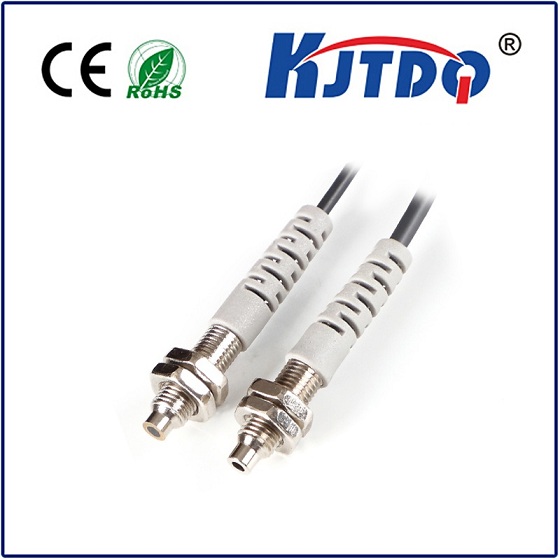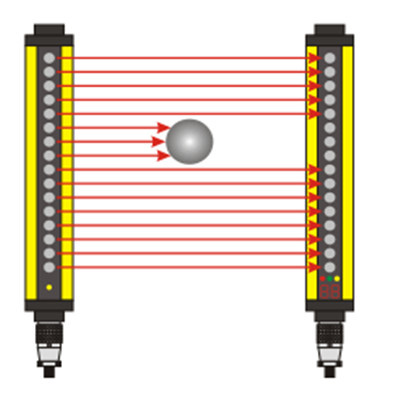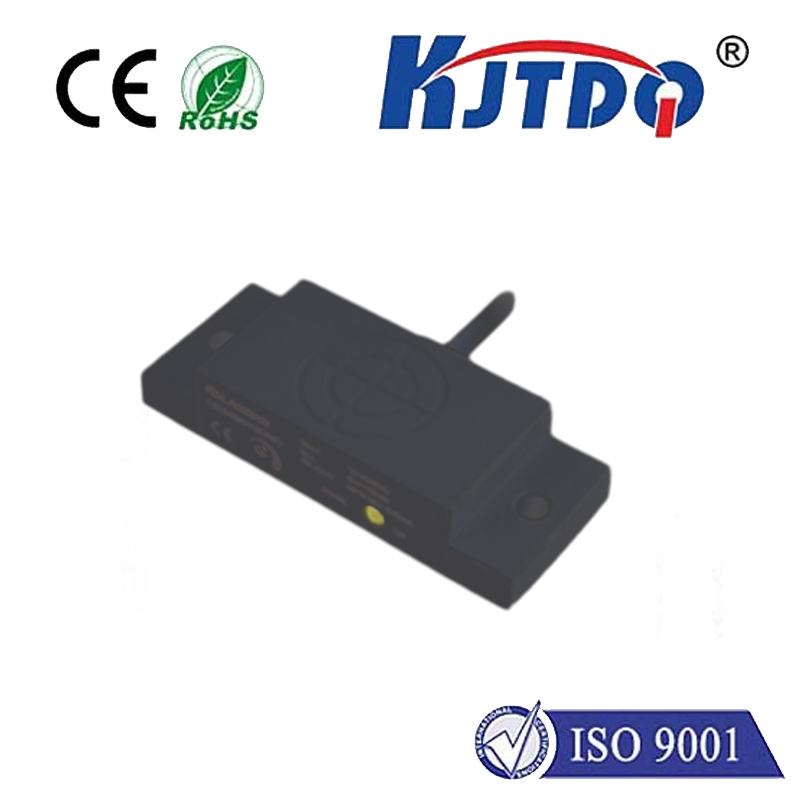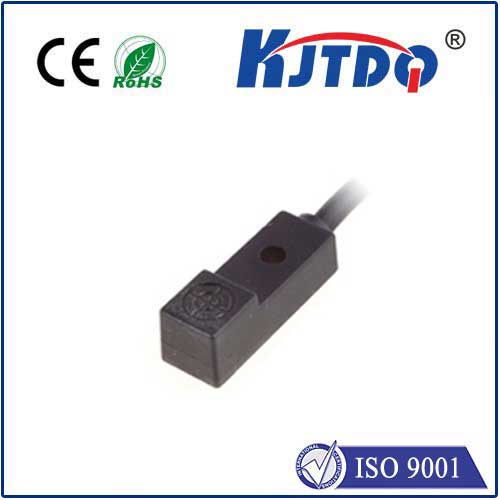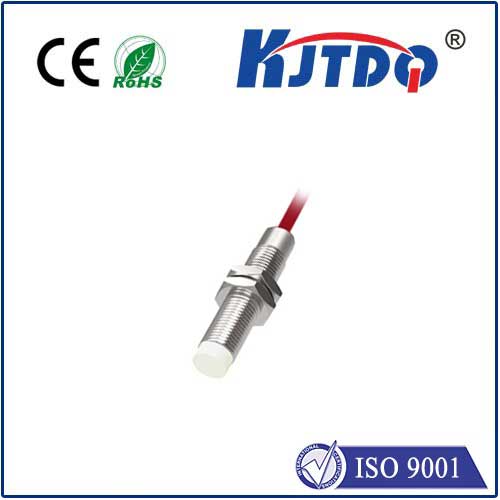

check

check

check

check
In today's interconnected world, the Internet of Things (IoT) has revolutionized the way we interact with our surroundings. One critical component of IoT devices is the PIR (Proximity Induced Relay) proximity sensor, which plays a vital role in enhancing safety and convenience in various applications, particularly in smart home systems. This article discusses the significance of PIR proximity sensors in IoT and smart home devices and highlights their real-time monitoring capabilities.
Introduction to PIR Proximity Sensors
PIR proximity sensors are electronic devices that detect the presence of objects or persons in a given area. These sensors work on the principle of infrared radiation, which allows them to determine the distance between two objects without making physical contact. When an object comes into close proximity to the sensor, it triggers an electrical signal, which is then processed by the device to generate a response.
Applications of PIR Proximity Sensors in IoT and Smart Home Devices
PIR proximity sensors have found numerous use cases in various industries, including transportation, healthcare, retail, and manufacturing. In the realm of smart home technology, these devices are particularly useful for enhancing security and convenience. Some key applications include:
Security and Surveillance: PIR proximity sensors can be embedded in security systems to monitor intruders and trigger alarms when someone enters an unauthorized area. They can also be used to monitor pets or elderly individuals who need assistance, ensuring their safety.
Remote Access and Control: In smart homes, PIR proximity sensors can be used to remotely control lighting, heating, and other appliances based on the presence of occupants. This not only saves energy but also improves comfort and convenience for homeowners.
Automated Door Systems: PIR proximity sensors can be integrated into door locks and entry systems, allowing homeowners to automatically unlock doors when they approach or leave their property. This feature provides enhanced security and convenience while reducing the risk of lost or stolen keys.
Healthcare Monitoring: In healthcare settings, PIR proximity sensors can be used to monitor patients with mobility issues or those requiring constant attention. By detecting the proximity of caregivers or medical personnel, these sensors can trigger alerts and notifications when necessary.
Conclusion
The growing prevalence of PIR proximity sensors in IoT and smart home applications has transformed the way we interact with our surroundings. These devices offer numerous benefits, including increased safety, convenience, and automation. As technology continues to evolve, it is likely that we will see even more innovative applications of PIR proximity sensors in various industries.
